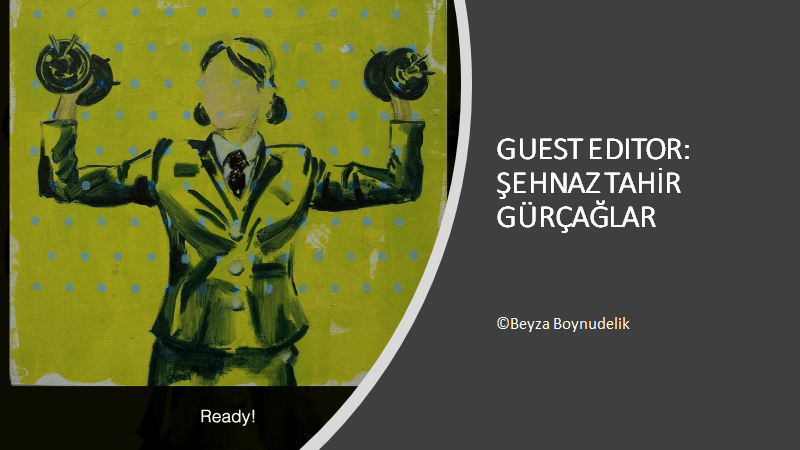Balzac Retranslated
DOI:
https://doi.org/10.21992/tc29476Abstract
Literary translation is tricky. Hardly ever do you hear a critic say that the translation of a book is “good”. In the best of cases, people pretend that, even though they have been reading a translation, they were in fact reading Balzac, or Dostoevsky, or any other author of universal renown. For those who are able to read the original text, the translation is more often than not rejected as “inaccurate”, “stylistically inadequate”, “loose”, “overly free”, “not doing justice to the original”, or simply “bad”. James Payn even claimed that Balzac “is not translatable, or when translated is not readable” (67). Yet Balzac was translated and retranslated many times in a variety of languages and in many ways. In this paper, the word retranslation will be used for the realisation of a new translation from the original source language into a target language in which a translation already exists, and relay translation for translations done from a translated source. As for the term translation, it will be extended, in the sense that Patrick O'Neill gives this term (6), to include adaptations such as movies, TV series, or even graphic novels, in any language, because adaptations, whatever the medium, are subjected to the same constraints as translations, creating effectively a new “language” to transfer the author’s story and message. Thus this paper will focus on how Balzac's novels have been extended when translated and/or adapted to other media, taking in consideration Roulet’s Discourse Analysis parameters (2001 44), that is, the hierarchical constraints related to the text structure; the linguistic constraints related to the syntactic or lexical norms of the language or linguistic variety that is being considered; and the situational constraints of the receiving culture. To do so, an analysis of the hierarchical constraints of translating, retranslating or adapting Balzac’s La Cousine Bette will be carried out, as well as of the linguistic constraints related to the translation of gender in Balzac’s short story Sarrasine, or to the translation of accents and other oral features in various novels; and finally of the situational constraints related to translating Balzac into English in the Victorian era, and into Chinese at the turn of the 20th century. From these parameters a new, prismatic view of Balzac’s creations will emerge, embodying the dialogue that translators and retranslators enable between cultures.
Downloads
Published
Issue
Section
License
Authors who publish with this journal agree to the following terms: a.Authors retain copyright and grant the journal right of first publication with the work simultaneously licensed under a Creative Commons Attribution License that allows others to share the work with an acknowledgement of the work's authorship and initial publication in this journal. b.Authors are able to enter into separate, additional contractual arrangements for the non-exclusive distribution of the journal's published version of the work (e.g., post it to an institutional repository or publish it in a book), with an acknowledgement of its initial publication in this journal. c.Authors are permitted and encouraged to post their work online (e.g., in institutional repositories or on their website) prior to and during the submission process, as it can lead to productive exchanges, as well as earlier and greater citation of published work (See The Effect of Open Access).



